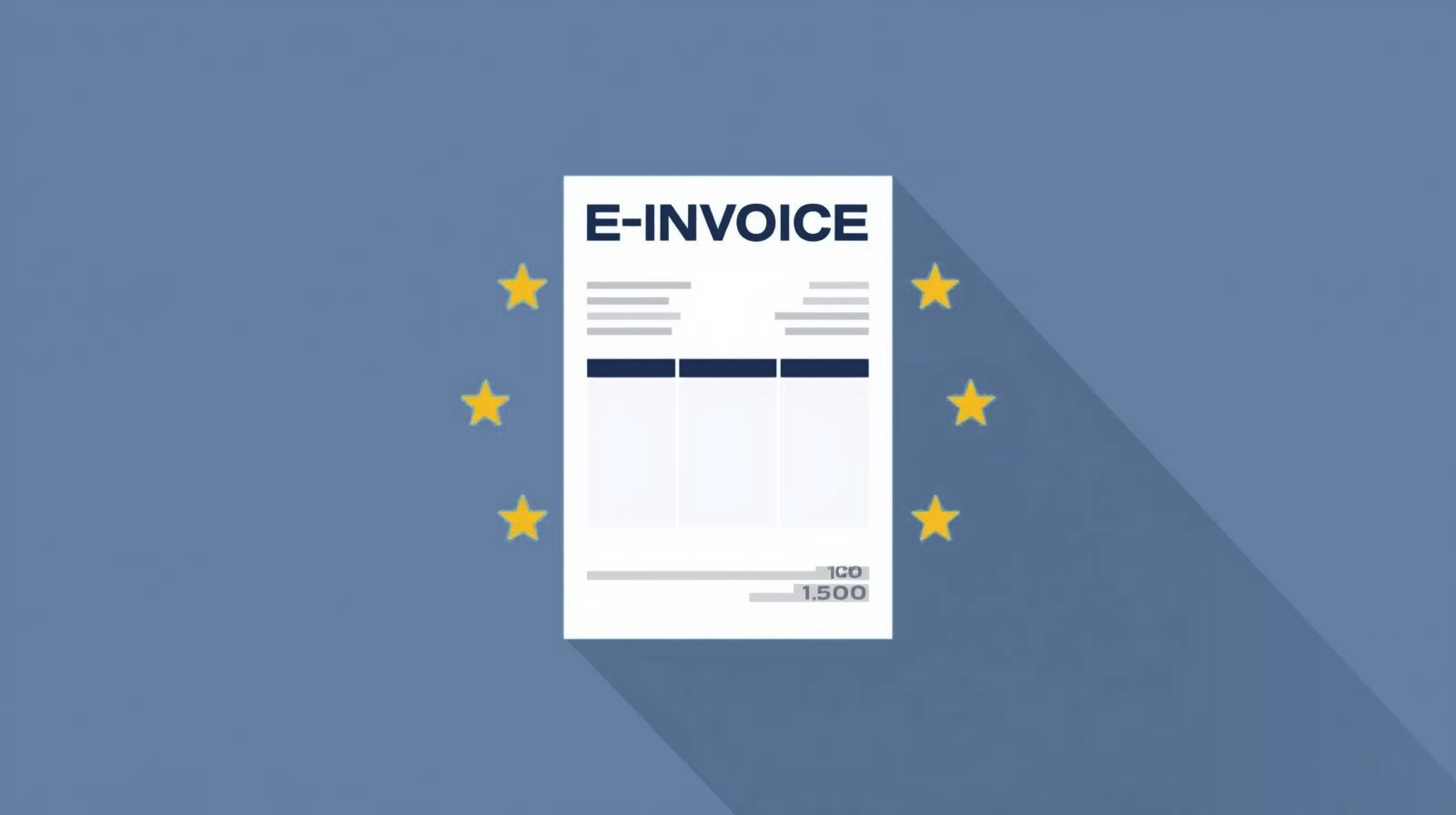The cost of sales method is a method for presenting the Profit and Loss AccountThis method compares sales revenue with only the directly attributable expenses - such as the cost of goods sold. SAP Business One supports this method with automatic postings and report templates.

Detailed explanation/description:
According to § Section 275 (2) HGB companies can choose to present their income statement in accordance with the Cost of sales method or the Total cost method The cost of sales method The cost of sales method shows the earnings situation by comparing sales revenue and the associated cost of sales.
Content structure of the procedure:
- Sales revenue (net, less e.g. rebates, discounts, VAT)
- - Cost of sales (production costs of the products or services sold)
- = Gross profit
- ± Operating expenses/income (e.g. salaries, distribution costs)
- = Operating result
- ± non-operating expenses/income (e.g. interest, taxes)
- = Net profit/loss for the year
Difference to the total cost method:
- The total cost method shows all Cost types including changes in inventories and own work capitalised.
- The cost of sales method uses a functional breakdown by area (production, administration, sales).
Cost of sales method in SAP Business One:
- The income statement can be analysed with the help of Report templates be structured according to the cost of sales method.
- Continuous inventory management is a prerequisite for the automatic booking of the Cost of goods sold (COGS).
- COGS are posted automatically on delivery or invoicing (debit: cost price account / credit: stock account).
- Valuation methods: Moving average, FIFOstandard costs, series/batch valuation - defined according to article master data.
- The profit and loss report shows the operating profit (operating income) on the basis of the COGS recognised.
Expansion through cost accounting:
Additional allocation of costs to cost centres, projects or dimensions enables differentiated evaluations. These supplement the income statement with functional contribution margin analyses and increase the informative value for individual areas of the company.
Key features/important aspects:
- Allows detailed economic analysis of product or business areas
- High accuracy due to direct allocation of cost of sales to revenue
- More complex than the total cost method, requires well-founded cost accounting
Target group:
Accounting companies, accountants, controllers, tax consultants, management

Verifactu in Spain: the new invoicing obligation

The e-invoicing regulations in Europe

Versino Financial Suite V09.2025 for SAP Business One

Accounting outsourcing: Why it pays off for SMEs

CANDIS for SAP Business One
